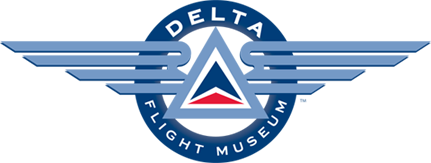BOEING 767 SPIRIT OF DELTA
In Spring 1982, the airline industry was troubled by a weak economy, high fuel prices and
deregulation. After 35 consecutively profitable years, Delta posted a net loss. As a way of
expressing their appreciation for company support during this trying time, Delta employees
spearheaded “Project 767” to raise money to pay for Delta’s first Boeing 767. Led by three
flight attendants, the project was an inspiring effort to raise $30 million through the
combined donations of employees, retirees and friends.
On December 15, 1982, over 7,000 employees, friends and the international media gathered at
Delta’s Technical Operations Center, to present the airline with its first Boeing 767, Ship
102, christened “The Spirit of Delta.”
Spirit flew as an ambassador of Delta pride and culture for over 23 years. Painted in special
liveries to celebrate 1996 Atlanta Olympics and Delta's 75th Anniversary in 2004. Retired on
February 12, 2006, after flying 70,697 hours and 34,389 trip cycles.





